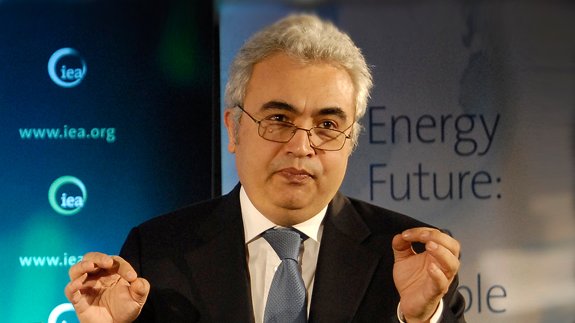The rise in energy demand is putting strain on power systems, which will lead to three years of market volatility, according to the recent report prepared by the International Energy Agency (IEA).

The surge in global electricity demand, in addition to a lack of fast structural change, is pushing prices to unprecedented levels and driving the power sector’s emissions to a record high.
The IEA report states last year’s 6% rise in global electricity demand was the largest in percentage terms since 2010, when the world was recovering from the global financial crisis.
In absolute terms, last year’s increase of over 1,500 terawatt-hours was the largest ever, according to the January 2022 edition of the IEA’s semi-annual Electricity Market Report.
Around half of last year’s global growth in electricity demand took place in China, where demand grew by an estimated 10%.
Fatih Birol, Executive Director, IEA, said: “Sharp spikes in electricity prices in recent times have been causing hardship for many households and businesses around the world and risk becoming a driver of social and political tensions. Policy makers should be taking action now to soften the impacts on the most vulnerable and to address the underlying causes.”
The IEA’s price index for major wholesale electricity markets almost doubled compared with 2020 and was up 64% from the 2016-2020 average.
In Europe, average wholesale electricity prices in the fourth quarter of 2021 were more than four times their 2015-2020 average.
Besides Europe, there were also sharp price increases in Japan and India, while they were more moderate in the United States where gas supplies were less perturbed.
Electricity produced from renewable sources grew by 6% in 2021, but it was not enough to keep up with galloping demand, while coal-fired generation increased by 9%, gas-fired generation grew by 2%, and nuclear increased by 3.5%.
In total, carbon dioxide emissions from power generation rose by 7%, also reaching a record high, after having declined the two previous years.
Birol stated: “Emissions from electricity need to decline by 55% by 2030 to meet our Net Zero Emissions by 2050 Scenario, but in the absence of major policy action from governments, those emissions are set to remain around the same level for the next three years.
“Not only does this highlight how far off track we currently are from a pathway to net zero emissions by 2050, but it also underscores the massive changes needed for the electricity sector to fulfil its critical role in decarbonising the broader energy system.”
For 2022-2024, the report anticipates electricity demand growing 2.7% a year on average, although the Covid-19 pandemic and high energy prices bring some uncertainty to this outlook.
Renewables are set to grow by 8% per year on average, serving more than 90% of net demand growth during this period.
Courtesy: Climate Action
